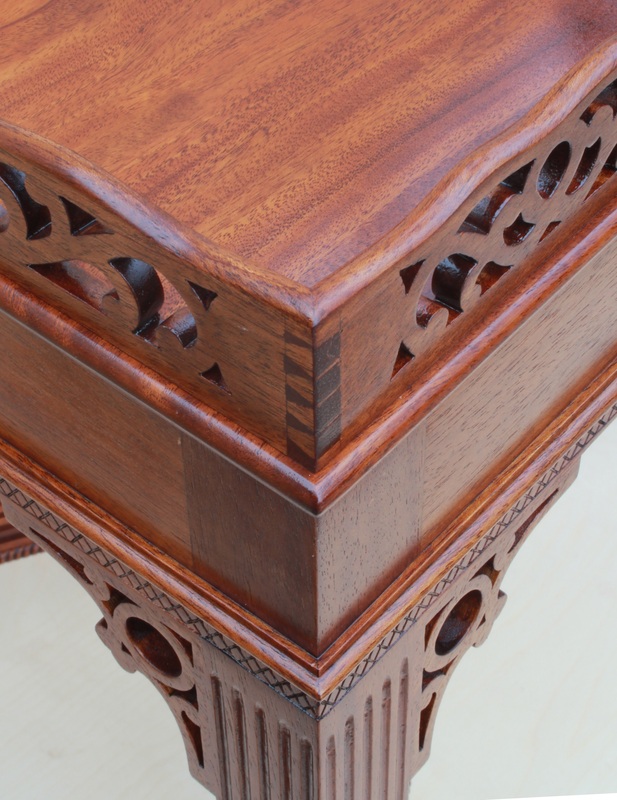I found this picture of a great looking table on another great website. Can someone tell me how the fancy trim at the top is connected to the table? It does not look like the corners of the top trim on the table are dovetailed at the corners. I do think the crossbrace at the bottom of the table looks like a different style than the rest of the table. It also would be neat to know the deminsions. Table4 (Medium).jpgBarry Bruner




 Reply With Quote
Reply With Quote







